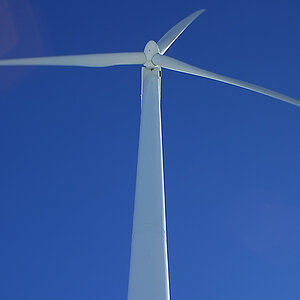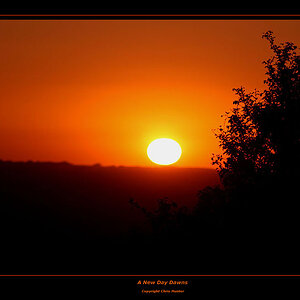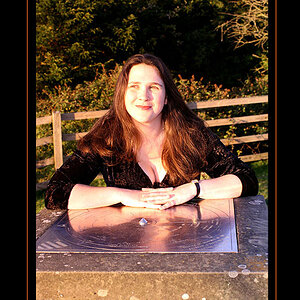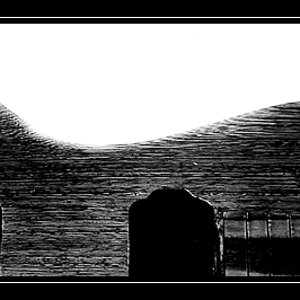unpopular
Been spending a lot of time on here!
I feel like I should be ashamed for not realizing the solution to this, but why is it that inverse square doesn't apply to diffuse light? Why don't things get darker as you view them from a distance the same way illumination does?
Does inverse square apply to specular?
Does inverse square apply to specular?












